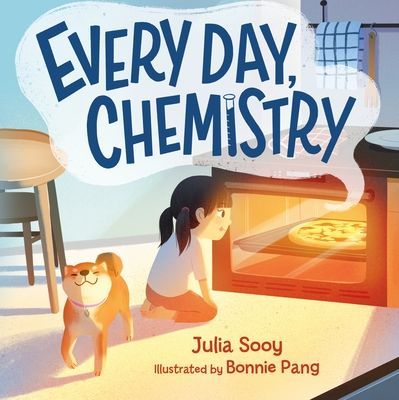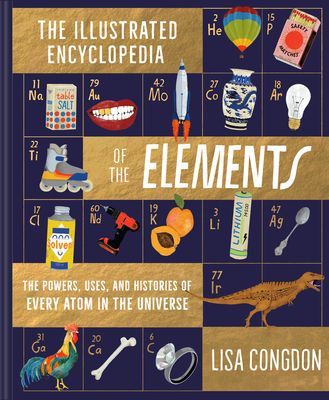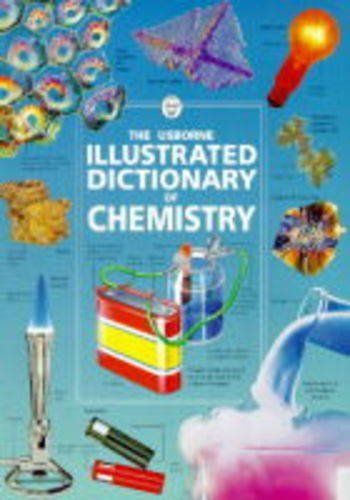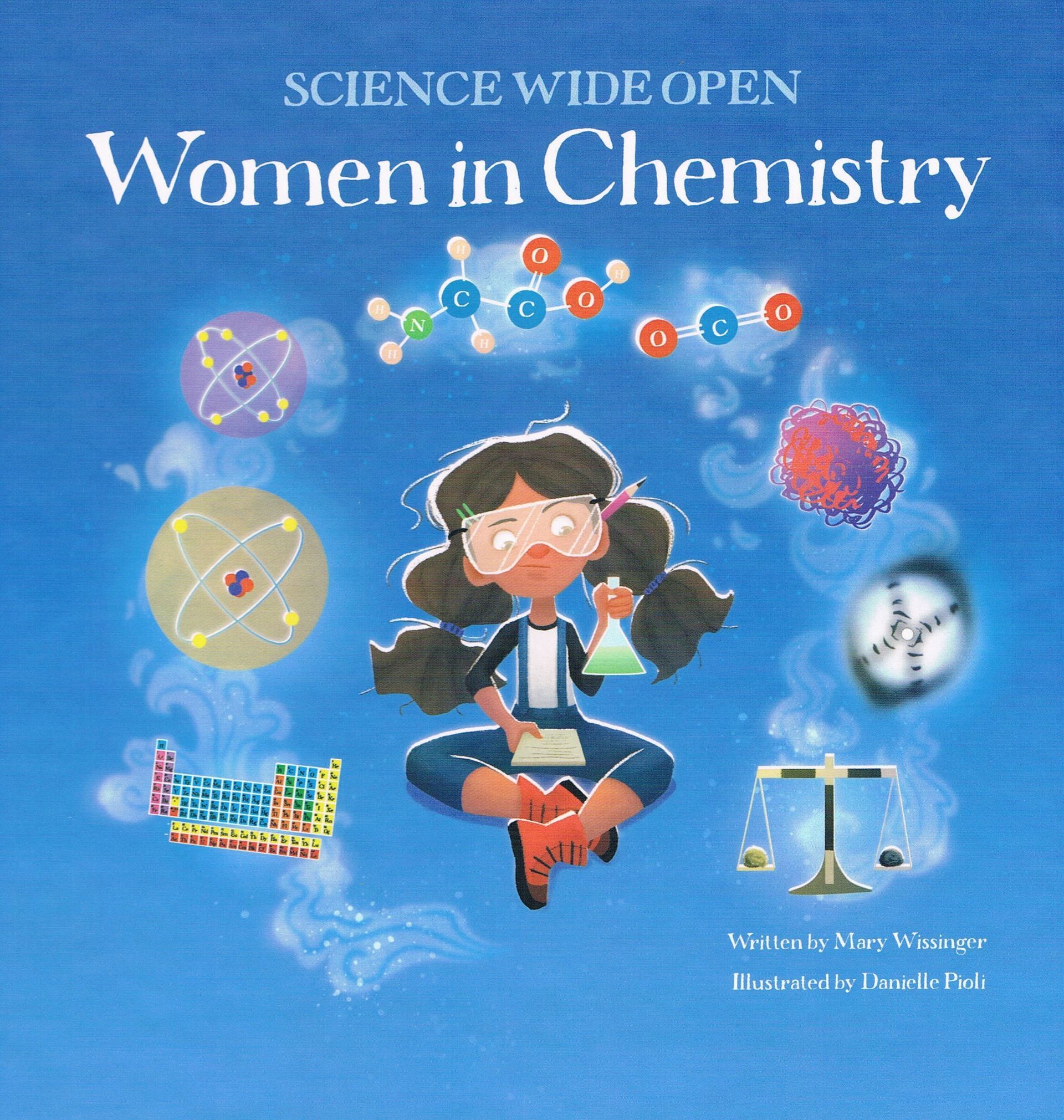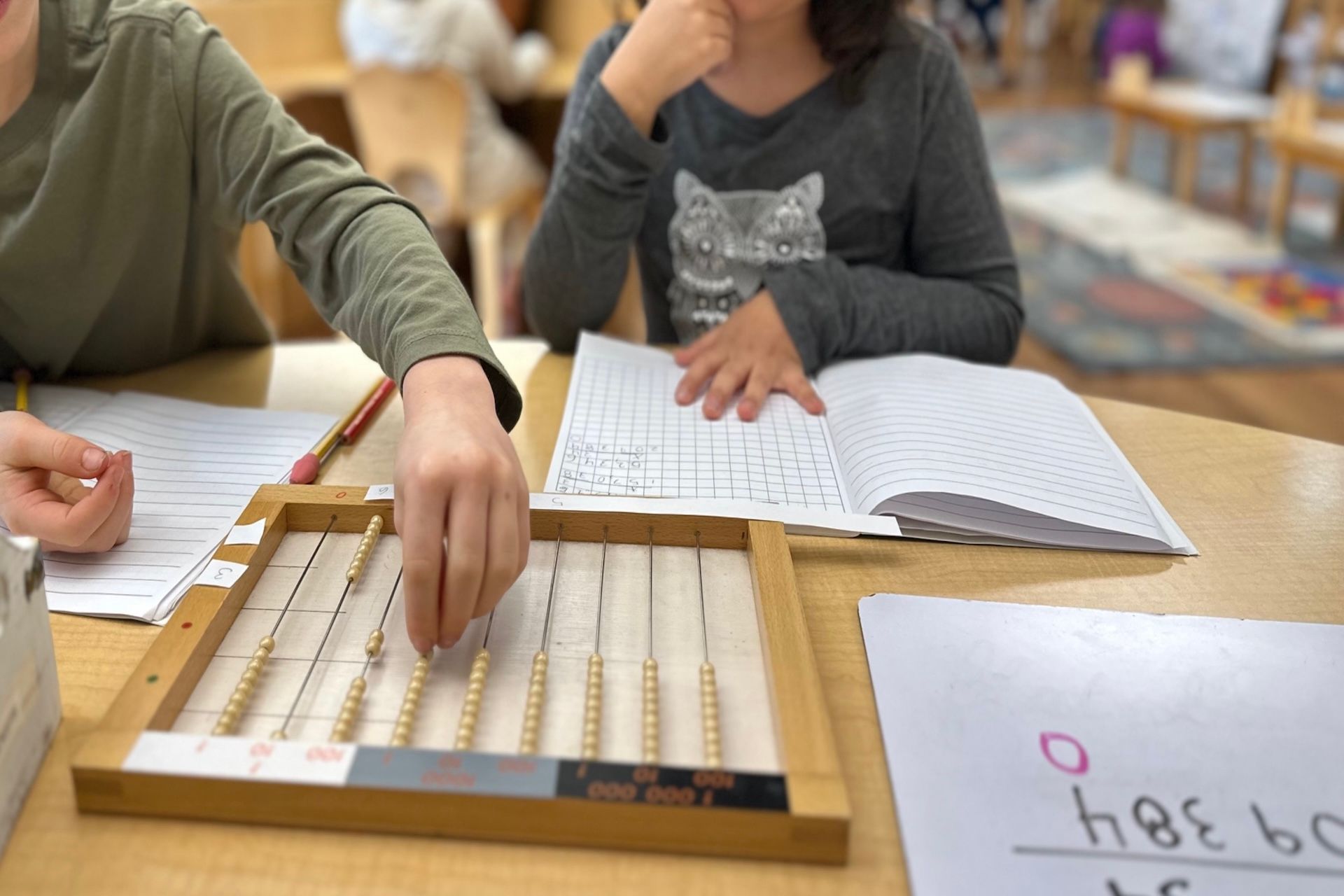Captivating Chemistry

In Montessori classrooms, elementary students are able to study every fascinating thing under the sun (and beyond!). Montessori children are exploring the world, not the inside of a textbook.
That being said, there is structure to the Montessori learning environments as we provide the room for young people to explore threads and interconnections as they consume everything they can about the universe. In this quest to understand the physical world (past and present), children find themselves in the realms of astronomy, physics, meteorology, geology, and chemistry.
We thought we’d share some of our favorite books that support children’s fascination with the chemical world. While most of these books are most appropriate for elementary ages and up, younger children might also enjoy a few of them.
Chemistry for Curious Kids: An Illustrated Introduction to Atoms, Elements, Chemical Reactions, and More!
by Lynn Huggins-Cooper, Illustrated by Alex Foster
This is a helpful reference book for children who are just starting their foray into chemistry, as well as those who are further along in their understanding. Although the book is organized into chapters–States of Matter, Chemical Building Blocks, The Chemistry of Life, the Periodic Table, In the Lab, and Chemicals All Around Us–it’s quite easy to flip to different pages and peruse what draws your interest. The pages are chock-full of beautiful, colorful illustrations that draw attention to key concepts and the easy-to-access texts makes even dense information understandable.
You can
click here to download a printable booklist.
If you explore any of these books with your children, let us know what you think! We also invite you to
schedule a tour to see how children at our school learn about advanced concepts in a way that appeals to their interests and curiosity.





